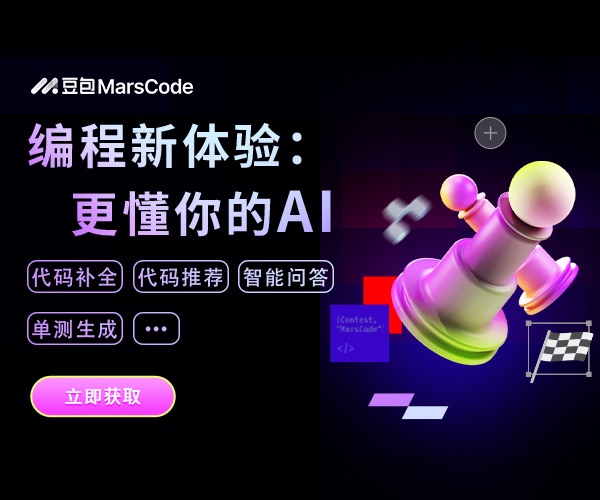Java基础 - 基本数据类型包装类
Java基本数据类型四类八种,四类:整型、浮点型、字符型、布尔型;八种:byte、short、int、long、double、float、char、boolean。
对应的包装类:Byte、Short、Integer、Long、Double、Float、Character、Boolean。
jdk1.5之后,基本数据类型和包装类之间就实现了自动拆装箱的功能。
自动装箱,原理是包装类的valueOf(xxx)方法,自动拆箱则是调用包装类的xxxValue()方法。
示例:
public class WrapperTest { public static void main(String[] args){ test(100); test(128); boxingTest(100); } private static void boxingTest(int i){ Integer num = i; int n = num; } private static void test(int i){ Integer num1 = i; Integer num2 = i; System.out.println(String.format("Integer %d==%d result: " + (num1 == num2), i, i)); System.out.println(String.format("Integer %d.equals(%d) result: " + num1.equals(num2), i, i)); } } /* 执行结果 Integer 100==100 result: true Integer 100.equals(100) result: true Integer 128==128 result: false Integer 128.equals(128) result: true */
证明方法,编译反编译后可以得到:
public class WrapperTest { public static void main(String[] paramArrayOfString) { test(100); test(128); boxingTest(100); } private static void boxingTest(int paramInt) { Integer localInteger = Integer.valueOf(paramInt); int i = localInteger.intValue(); } private static void test(int paramInt) { Integer localInteger1 = Integer.valueOf(paramInt); Integer localInteger2 = Integer.valueOf(paramInt); System.out.println(String.format(new StringBuilder().append("Integer %d==%d result: ").append(localInteger1 == localInteger2).toString(), new Object[] { Integer.valueOf(paramInt), Integer.valueOf(paramInt) })); System.out.println(String.format(new StringBuilder().append("Integer %d.equals(%d) result: ").append(localInteger1.equals(localInteger2)).toString(), new Object[] { Integer.valueOf(paramInt), Integer.valueOf(paramInt) })); } }
以上示例同时引出一个基本原理:包装类的缓存值,以及包装类重写了equals方法。
下面是Integer的源代码:
public static Integer valueOf(int i) { if (i >= IntegerCache.low && i <= IntegerCache.high) return IntegerCache.cache[i + (-IntegerCache.low)]; return new Integer(i); } public boolean equals(Object obj) { if (obj instanceof Integer) { return value == ((Integer)obj).intValue(); } return false; }
Integer缓存值范围:-128 ~ 127,源代码中也有说明:
/** * Cache to support the object identity semantics of autoboxing for values between * -128 and 127 (inclusive) as required by JLS. * * The cache is initialized on first usage. The size of the cache * may be controlled by the {@code -XX:AutoBoxCacheMax=<size>} option. * During VM initialization, java.lang.Integer.IntegerCache.high property * may be set and saved in the private system properties in the * sun.misc.VM class. */ private static class IntegerCache { static final int low = -128; static final int high; static final Integer cache[]; static { // high value may be configured by property int h = 127; String integerCacheHighPropValue = sun.misc.VM.getSavedProperty("java.lang.Integer.IntegerCache.high"); if (integerCacheHighPropValue != null) { try { int i = parseInt(integerCacheHighPropValue); i = Math.max(i, 127); // Maximum array size is Integer.MAX_VALUE h = Math.min(i, Integer.MAX_VALUE - (-low) -1); } catch( NumberFormatException nfe) { // If the property cannot be parsed into an int, ignore it. } } high = h; cache = new Integer[(high - low) + 1]; int j = low; for(int k = 0; k < cache.length; k++) cache[k] = new Integer(j++); // range [-128, 127] must be interned (JLS7 5.1.7) assert IntegerCache.high >= 127; } private IntegerCache() {} }
总结各包装类缓存值范围:
Byte: -128 ~ 127
Character: 0 ~ 127
Short:-128 ~ 127
Integer:-128 ~ 127
Long:-128 ~ 127
Boolean:true、false
Double和Float没有缓存值,都是直接new的对象。



